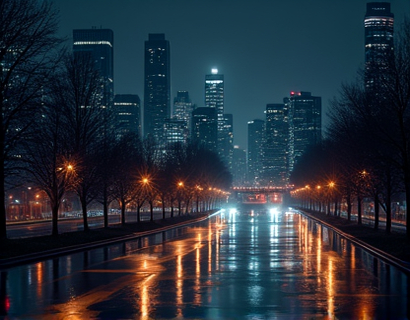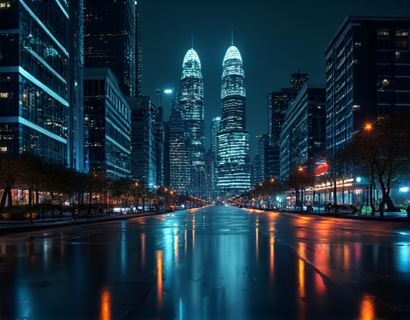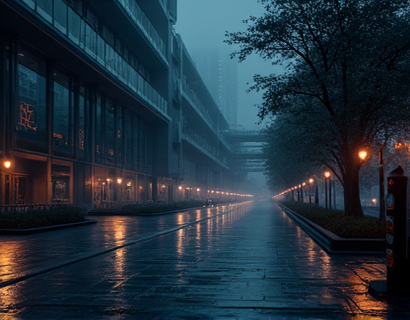Embark on an Enriching Journey: A Comprehensive Traveler's Guide to the Cultural Heritage and Hidden Gems of the Ancient Indus Valley
The Indus Valley, a cradle of one of the world's oldest civilizations, beckons travelers with its rich tapestry of history, culture, and natural beauty. This guide serves as an essential resource for history buffs and travel enthusiasts, offering deep insights into the region's cultural heritage, historical landmarks, and practical travel tips to uncover its hidden treasures and local gems.
Historical Background and Significance
The Indus Valley Civilization, dating back to around 3300 BCE, is one of the world's earliest urban civilizations. Spread across present-day Pakistan and northwestern India, it flourished for about 800 years. The civilization is renowned for its advanced urban planning, sophisticated water management systems, and intricate craftsmanship. The cities of Harappa and Mohenjo-Daro, both UNESCO World Heritage Sites, stand as testaments to the ingenuity and sophistication of this ancient culture.
The Indus Valley Civilization was characterized by its grid-based city layouts, advanced drainage systems, and standardized weights and measures. The people of this civilization were skilled in metallurgy, pottery, and textile production. Despite its grandeur, much of the Indus Valley Civilization remains shrouded in mystery, with its script yet to be fully deciphered. This enigma adds to the allure of visiting the region, inviting explorers to piece together the puzzles of the past.
Must-Visit Historical Landmarks
Visitors to the Indus Valley should not miss the iconic sites of Harappa and Mohenjo-Daro. Harappa, one of the largest Indus sites, offers a comprehensive museum and well-preserved ruins, including the Granary, Citadel, and Bath Complex. The Bath Complex, a remarkable example of ancient engineering, features a sophisticated drainage system and is believed to have been used for ritual cleansing.
Mohenjo-Daro, meaning "Mound of the Dead," is another must-see destination. This city boasts the Great Bath, a large public bathing facility, and the Pillared Hall, an impressive structure with intricately carved pillars. The site also includes residential areas, providing a glimpse into the daily lives of its ancient inhabitants. The Drainage System at Mohenjo-Daro is particularly noteworthy, showcasing the advanced engineering skills of the Indus people.
Another significant site is Chanhu-daro, located in the Sindh province of Pakistan. This site is less crowded and offers a more serene experience. The site includes a well-preserved citadel, a large public bath, and a series of workshops where artisans once crafted beads and other items. The nearby Indus Valley Museum provides additional context and insights into the artifacts found at the site.
Cultural Experiences and Local Traditions
Beyond the archaeological sites, the Indus Valley region is rich in living culture and traditions. Visitors can immerse themselves in the local way of life by exploring rural villages and participating in traditional festivals. The Sindhi and Punjabi cultures are vibrant and welcoming, offering a unique blend of ancient traditions and modern influences.
One of the highlights of the cultural experience is the local cuisine. Indus Valley cuisine is a delightful fusion of flavors, with dishes like biryani, kebabs, and various vegetarian options made from locally sourced ingredients. Street food stalls and local restaurants offer authentic tastes at affordable prices. Don't miss trying the regional specialties such as Sehwi, a spicy meat stew, and Jhol, a flavorful rice dish.
Traditional crafts and arts are also an integral part of the region's culture. Visitors can witness the art of block printing, embroidery, and pottery in local markets and workshops. The city of Hyderabad, near Mohenjo-Daro, is particularly famous for its hand-block printed fabrics and intricate embroidery. These crafts not only provide a glimpse into the region's artistic heritage but also make for unique souvenirs.
Natural Beauty and Outdoor Activities
The Indus Valley is not only rich in history and culture but also boasts stunning natural landscapes. The Sindh province is home to the Indus Delta, a UNESCO Biosphere Reserve, where visitors can experience the confluence of the Indus River and the Arabian Sea. Boat rides through the delta offer a serene and picturesque experience, with opportunities to spot local wildlife and bird species.
For adventure seekers, the nearby Kirthar National Park provides a range of outdoor activities, including hiking, camping, and wildlife safaris. The park is known for its diverse flora and fauna, including the endangered Sindh ibex and various bird species. The park's rugged terrain and scenic beauty make it a perfect destination for nature lovers and trekkers.
Another natural wonder is the Cholistan Desert, a vast sandy expanse that transitions into the Thar Desert. The desert offers a unique experience of camel safaris and dune bashing, providing a thrilling way to explore the vast, open landscapes. Visitors can also visit local villages to learn about the traditional desert way of life and enjoy the starry night skies away from city lights.
Practical Travel Tips
Planning a trip to the Indus Valley requires some preparation to ensure a smooth and enjoyable journey. Here are some practical tips to help you make the most of your visit:
- Best Time to Visit: The cooler months from October to March are ideal for exploring the archaeological sites and enjoying outdoor activities. Summers can be extremely hot, so plan accordingly.
- Transportation: The region is well-connected by road and rail. Private taxis and buses are readily available from major cities like Karachi and Lahore. For a more authentic experience, consider hiring a local guide or joining a guided tour.
- Accommodation: From luxury hotels to budget-friendly guesthouses, the Indus Valley offers a range of accommodation options. Book in advance, especially during peak travel seasons.
- Dress Code: Dress modestly when visiting religious sites and rural areas. Lightweight, breathable clothing is recommended for hot weather, while layers are essential for cooler evenings.
- Health and Safety: Ensure you have all necessary vaccinations before traveling. Stay hydrated, use sunscreen, and be cautious of heat exhaustion. Local medical facilities are generally adequate, but it's wise to carry a basic first-aid kit.
- Respect Local Customs: The Indus Valley region is known for its warm hospitality. Respect local traditions and customs, especially when visiting religious sites or participating in cultural events.
By following these tips and immersing yourself in the rich history, culture, and natural beauty of the Indus Valley, you will create unforgettable memories and gain a deeper appreciation for one of the world's most fascinating regions.










































